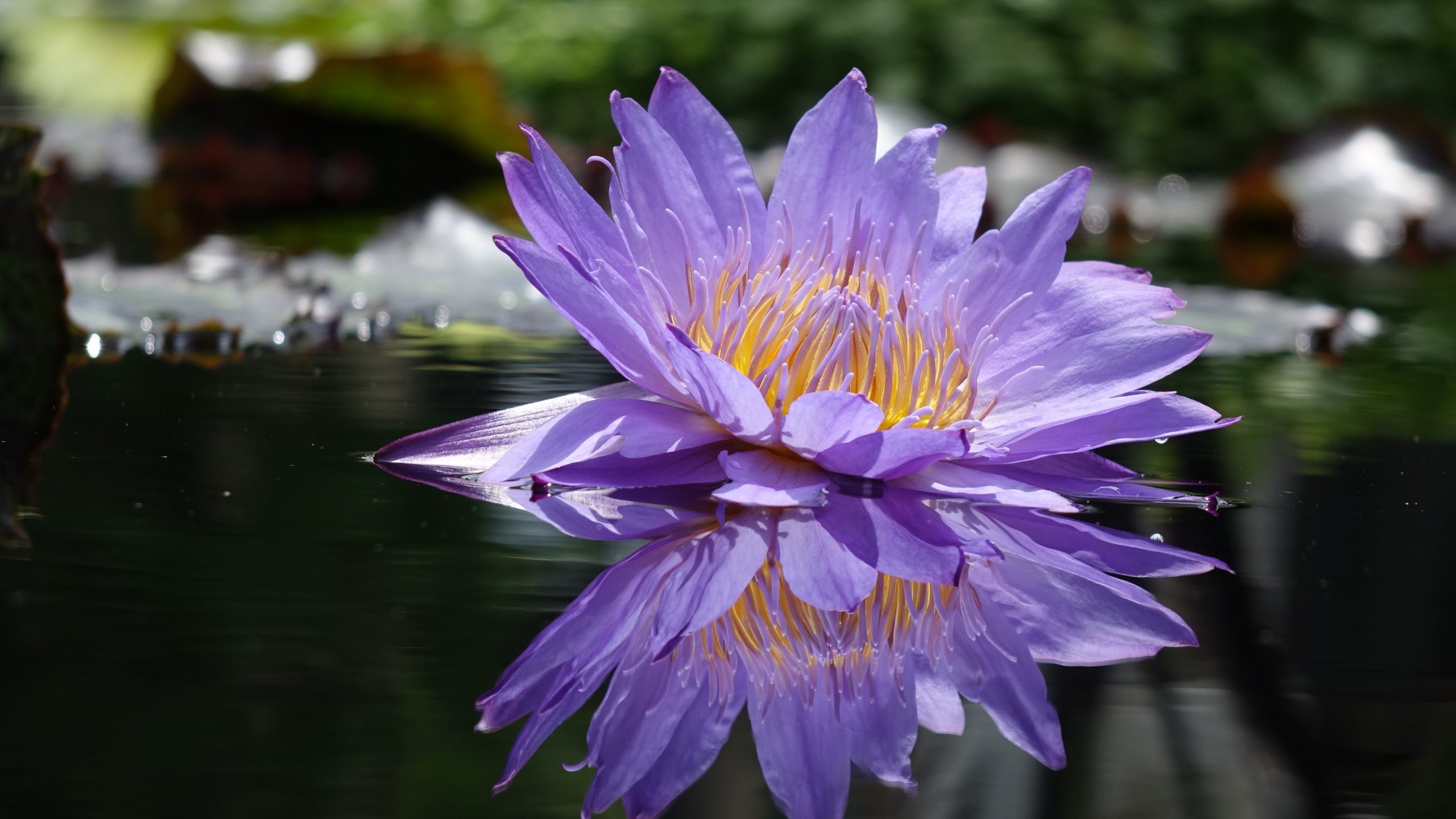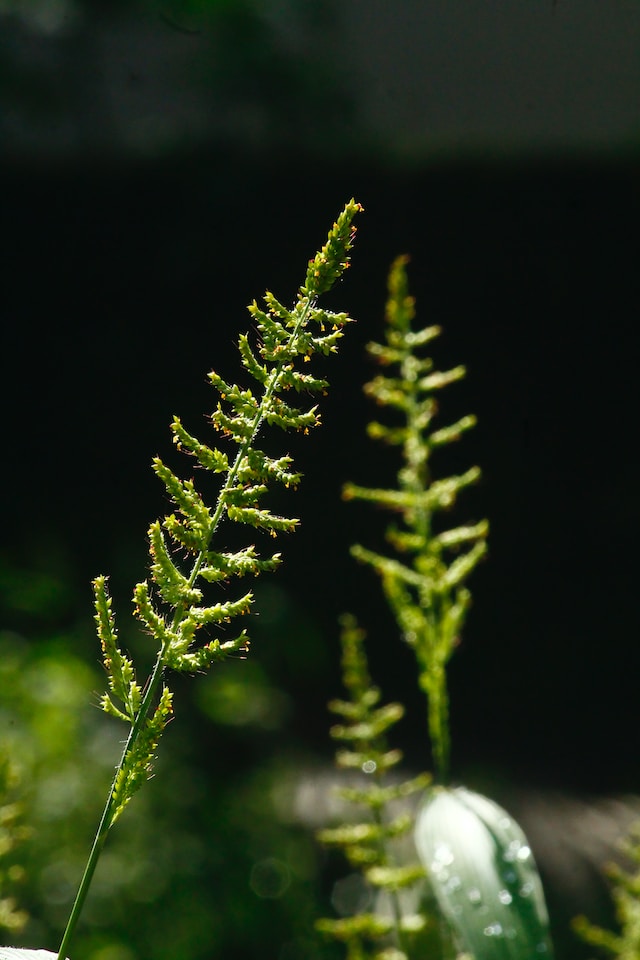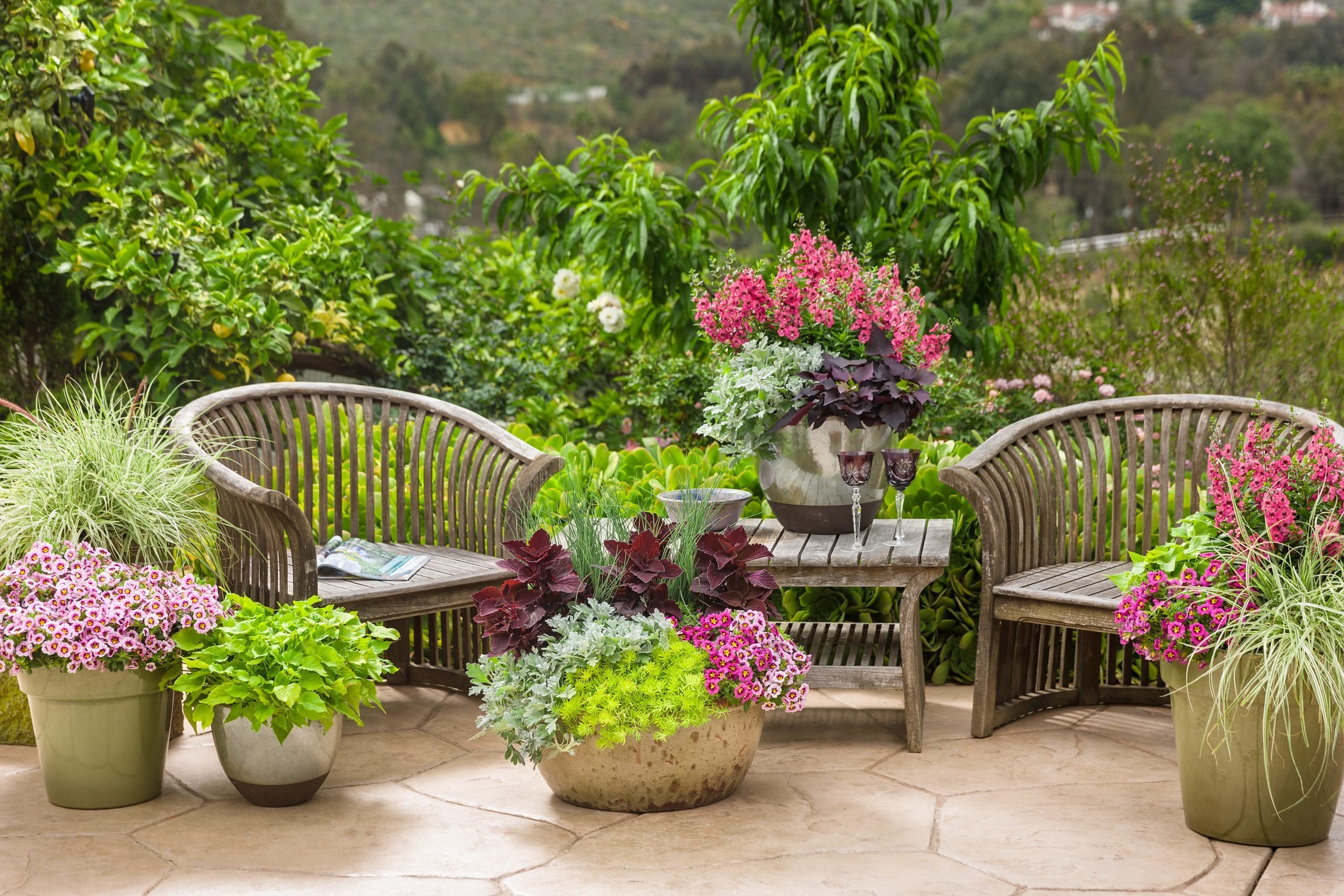Winter may seem like a bleak and barren time for your garden, but don’t let the cold weather fool you! With some careful planning and preparation, your outdoor space can stay lush and vibrant all year round. From choosing the right plants to seasonal planting techniques and garden maintenance tricks, there are plenty of ways to transform your winter garden into a wonderland. So grab a warm cup of cocoa and get ready to learn how to keep your outdoor space thriving even in the chilliest months!
Location, Location, Location
The first step to creating a lush and vibrant garden in winter is choosing the right location. Since sunlight is limited during this time of year, it’s crucial to choose an area that gets plenty of exposure to natural light. Look for spots that face south or west and are free from obstructions like buildings or trees.
Another important consideration is soil quality. Winter gardens require well-draining soil that won’t become waterlogged during periods of heavy rain or snow melt. If your garden has poor drainage, you can improve it by adding organic matter like compost or manure.
In addition to light and soil conditions, you’ll also want to think about how much wind your garden will be exposed to. Strong winds can damage plants and dry out the soil, so try to choose a sheltered spot if possible.
Consider any unique features of your outdoor space that could impact plant growth, such as slopes or areas with different levels of sun exposure. By taking all these factors into account when selecting a location for your winter garden, you’ll set yourself up for success come planting time!
The Right Plants for the Job
Choosing the right plants for your winter garden is essential to keep it vibrant and lush year-round. Some plants thrive in colder temperatures, while others can’t survive the frost. Here are some tips on selecting the right plants for your winter garden.
Firstly, consider evergreen shrubs such as holly or boxwood. These provide color and texture even during the coldest months of winter when other plants have gone dormant.
Another option is to incorporate flowering shrubs that bloom in late fall or early spring, such as witch hazel or camellia. These will add a pop of color to your winter garden and attract pollinators before other flowers start blooming again.
If you’re looking for perennials that can withstand cold temperatures, consider planting bulbs like snowdrops or crocuses which bloom early in the season. Ornamental grasses are also an excellent choice because they add texture and movement to a landscape.
Don’t forget about adding some hardy annuals like pansies or violas into your mix. They’ll continue blooming throughout most of the winter months if planted correctly and bring much-needed cheeriness during grey days.
Choosing the right plants is crucial when creating a beautiful winter garden; it ensures longevity throughout all seasons while maintaining its vibrancy all year round!
Container Gardening
Container gardening is a great way to keep your outdoor space lush and vibrant year-round. It’s perfect for those who have limited outdoor space or want to add some greenery to their patio, balcony, or porch. With container gardening, you can grow plants in pots of various sizes and shapes according to the available space.
One of the best things about container gardening is that it gives you complete control over your plants’ growing conditions. You can choose the type of soil, fertilizer, and water they get based on what each plant needs. Plus, containers are portable so that you can move them around as needed.
When choosing containers for your garden, make sure they have adequate drainage holes at the bottom. This will ensure that excess water doesn’t accumulate inside and cause root rot or other problems.
Another benefit of container gardening is its versatility when selecting plants. You can grow flowers such as petunias and marigolds for color pops or herbs like basil and mint for fresh ingredients all year round.
Container gardening provides an excellent opportunity to create a beautiful garden in any location with minimal effort while maintaining environmental sustainability principles by conserving resources like land use through vertical gardens using recycled materials!
Seasonal Planting
One of the secrets to having a lush and vibrant winter garden is seasonal planting. It involves selecting plants that thrive in specific seasons and creating a schedule for their growth and maintenance.
In winter, you can plant hardy shrubs such as holly, juniper, or spruce. These evergreens are perfect for adding texture and color to your outdoor space during the colder months. Additionally, you can also opt for winter-blooming flowers like pansies which come in different colors.
Spring is the season when most plants begin to bloom again after the cold winter months. You might want to consider planting tulips, daffodils, crocuses or hyacinths that will add an array of vibrant colors to your garden.
Summer offers ample opportunities to explore various types of flowering plants like marigolds, geraniums or petunias which require plenty of sunlight and water but offer stunning displays of color throughout summer.
Fall is harvest time with beautiful autumnal hues in orange-reds from burning bushes; bright yellow-golden leaves from Ginkgo trees; red foliage from Japanese Maples; deep purples from Smoke Trees – these provide natural fall splashes in any landscape design!
By understanding how each season affects plant growth differently it becomes easier to select appropriate species for year-round success!
Garden Maintenance
Maintaining your winter garden is crucial to keep it lush and vibrant throughout the year. The amount of maintenance required depends on factors such as the size of your garden, plant types, and weather conditions in your area.
One critical aspect of maintaining a winter garden is watering. During colder months, plants don’t need as much water as they do during warmer seasons. However, don’t neglect them entirely! Make sure to check if the soil is dry or moist before watering.
Another essential part of upkeep includes pruning dead or damaged branches from trees and shrubs. Removing these can help promote new growth and prevent disease from spreading through your garden. Additionally, cleaning up fallen leaves helps maintain a neat appearance while preventing rotting debris from harming delicate plants.
Fertilizing also plays an important role in keeping your outdoor space healthy during winter months. Use slow-release fertilizers to ensure steady nutrient delivery over time without overwhelming roots when applied too heavily.
Taking care of your winter garden with regular maintenance will pay dividends year-round by ensuring that it remains green and thriving even amidst harsh environmental conditions like snowfall or freezing temperatures.
Conclusion
Maintaining a lush and vibrant winter garden requires effort, but the results are well worth it. By selecting the appropriate plants for your region and utilizing different gardening techniques such as container gardening and seasonal planting, you can create a stunning outdoor space that thrives year-round.
Regular maintenance is also key to ensuring your garden stays healthy through the cold months. From watering and fertilizing to pruning and cleaning up fallen leaves, staying on top of routine tasks will help keep your plants thriving.
Remember to pay attention to your garden’s location as well – providing adequate sunlight exposure and protection from harsh weather conditions will go a long way in promoting growth.
By following these tips and putting in consistent effort throughout the winter season, you can transform your outdoor space into a wonderland of natural beauty that will brighten up even the coldest days.










